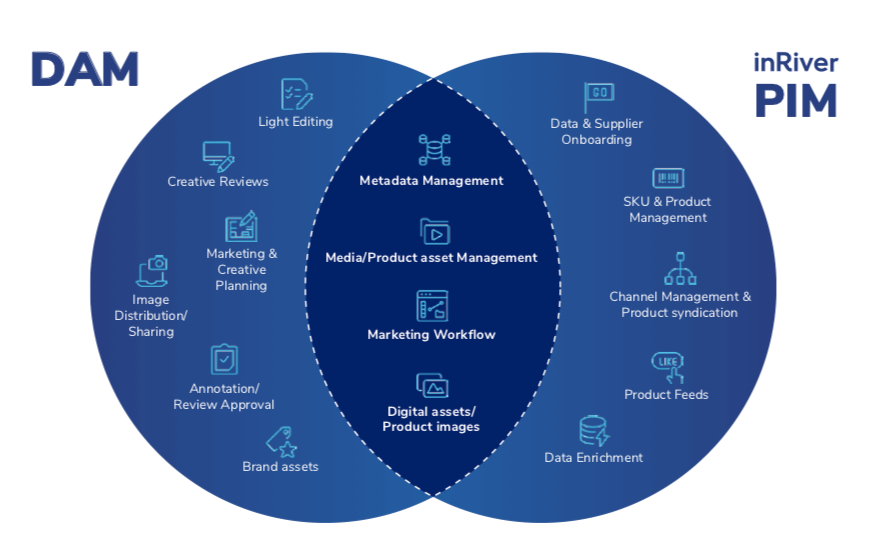How to master the art of product experience management
July 7, 2020Simple images or descriptions aren't enough to drive PXM.
Buying behavior has been changing rapidly, accelerated by the safe shopping guidelines currently in place at brick-and-mortar stores. Marketplaces now account for more than 50% of online sales and voice-based purchases are expected to hit $40 billion next year. Today’s consumers are using new ways to search for and interact with products—and it’s up to brands to create compelling product experiences that match the way people shop.
Product experience management, or PXM, is the art of creating connections with customers by delivering contextualized product information, optimized for channel and touchpoint, whenever and wherever they encounter your products. Product experience management isn’t the latest e-commerce fad: IDC predicts that by 2022, businesses that adopt a customer experience-driven, always-on e-commerce model will generate 50% of their revenue from contextual discovery experiences.
PXM goes beyond wowing buyers with a perfectly crafted product page; it means giving them a consistent product experience from the discovery phase to order fulfillment. Brands that meet their customers’ expectations and deliver on their promises build loyalty and ultimately drive sales. Nearly two-thirds of consumers will abandon a brand if the online experience is poor.
Context is key
It goes without saying that consumers expect accurate, consistent, and transparent product information at every touchpoint, but compelling product stories require context. Contextualization in product experience management is the science of delivering relevant product content based on channel, device, and known customer data.
Retailers might create multiple text variations of a product description—a sweater or pair of shoes, for example—and display the version that best matches what they know about the visitor, device, and buying preferences. When making a purchase, context and personalization make the difference between a conversion or abandonment.
By adding artificial intelligence (AI) or machine learning (ML) to the mix, the experience could include personalized product recommendations, shopping guidance, and even virtual dressing rooms with augmented reality (AR) and best-fit suggestions with

The key is to optimize product encounters across every channel and touchpoint with accurate, consistent, and relevant product content. No matter where a customer finds your product, they get the right information in the right format for their channel and device.
The technology foundation
To create powerful product stories, you need digital asset management and product information management solutions to work together to meet the content needs of today.
Digital asset management (DAM)
Digital assets are some of the most powerful tools in the e-commerce arsenal. Digital assets are videos, images, animations, audio files, documents, and any other digital files your company has the right to use.
In order to create optimized product experiences, your digital assets need to be organized for anytime, anywhere access and sharing so your team can edit, publish, and distribute them across your channels.

Product information management (PIM)
PIM is your golden record—a single source of truth for all your product data. It is the foundational technology that provides a central hub to collect, edit, transform, and distribute your product information. PIM is the cornerstone of e-commerce and controls the flow of product content for all your omnichannel operations.
In order to contextualize your product information—to get the right copy, images, and attribute sets in the right format for each channel—the data needs to be centralized and accessible. PIM automates the tasks involved in consolidating, standardizing, and enriching product data so your team can focus on creating high-quality content that supports a compelling customer experience
An end-to-end PXM strategy
Product experience management includes connecting your product content with supply chain information. A growing percentage of consumers pay attention to sustainability and fair trade practices—they want to know how products are manufactured and shipped and where ingredients are sourced. Transparent supply chain governance is becoming a brand differentiator.
Forward-thinking brands can incorporate transparency across their supply chains. This includes onboarding supplier information and contextualizing it for customers. Give buyers the information they seek and you build a better experience. It’s not limited to product content or descriptions, product experience management means end-to-end engagement across channels.